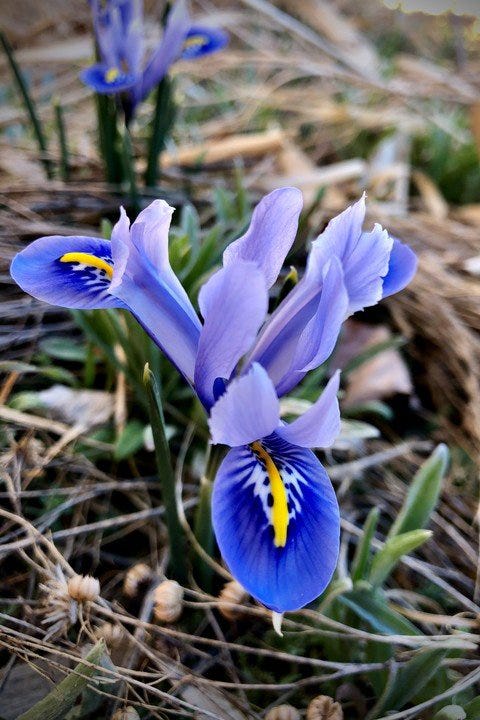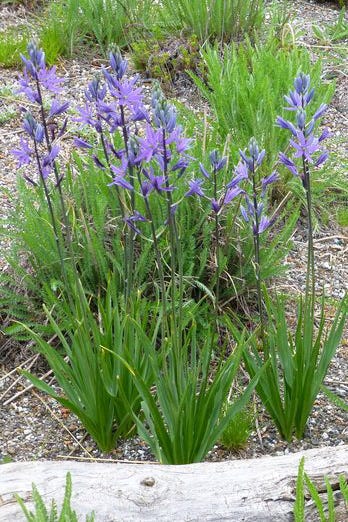The Best Fall-Planted Bulbs For Dry Areas
By David Salman, Chief Horticulturist
Spring-flowering bulbs are a unique group of pollinator-friendly flowers that have been a staple of gardening in Europe and the U.S. for many years. These fall-planted, flowering plants are easy additions to our landscapes. They light up the spring garden before many other plants wake up and come into flower, providing essential early season nectar for bees and other pollinators.

Tips For Growing Fall-Planted, Spring-Flowering Bulbs
Spring-flowering bulbs depend on two climatic factors to do well in our landscapes:
- Cold winter temperatures. Fall planted, spring blooming bulbs need many hours below 40° F to bloom. For warm zones where winter temperatures do not reach freezing, you can pre-chill bulbs before planting in spring.
- Good winter and spring moisture. Spring precipitation helps bring them back into active growth and flowering.
Many gardeners want to know if spring-blooming bulbs are good waterwise (xeric or drought resistant) plants for drier growing conditions. The answer depends on where you are in the U.S:
- In parts of the country that get 30" or more annual rainfall, bulbs generally will not need any additional irrigation, unless winter snow cover is thin and spring conditions are unusually dry.
- In the Western U.S., where there isn't as much rainfall (20-25" or less anually), most bulbs will need some supplemental irrigation. Where snow coverage is unpredictable and spring rains erratic, it is essential that beds where bulbs are planted be watered every week to two weeks to keep the soil moist to a depth of 6-12".
- In higher elevation areas where winter/early spring snows leave the soil moist, bulbs will only need extra water if conditions are unusually dry.
Mulching is an essential technique for growing bulbs in drier climates. A nice 1-2" deep blanket of coarse compost, composted bark, or other non-gravel material applied in late fall will conserve soil moisture, and enrich the soil as it decomposes.
When fall-planted bulbs receive sufficient moisture and cold temperatures over the winter and during early spring months, there is little else we need to do to keep them happy. They only need nutrients and space to grow. Here are a few long-term maintenance tips for growing spring flowering bulbs:
- Feed the soil where bulbs are growing with organic and natural fertilizers in mid-spring.
- Divide bulb clumps that are blooming sparsely. Dig them up in the fall and pull apart tightly clustered bulbs; then re-plant after enriching their soil.
- After blooming, spring-flowering bulbs have already adapted to hot, dry summer conditions by going dormant in summer. They shed their foliage by early summer or earlier, resting underground as a "sleeping" bulb. Only trim foliage after it has yellowed, to allow the bulb to "recharge" for next season's blooms.

Our Top Picks For Fall Planted Bulbs In Dry Areas
With sufficient extra irrigation: most fall bulbs will do well in drier climates. Large flowered Tulips, Daffodils, Scilla, Hyacinths, and most other fall-planted bulbs are good to plant.
For landscapes that have limited water available for irrigation: The spring flowering bulbs listed below are the most tolerant of dry soil. In areas that get 15-20" or less of annual precipitation, even these more xeric bulbs will need supplemental spring watering of 2" or more per month once the soil thaws.





